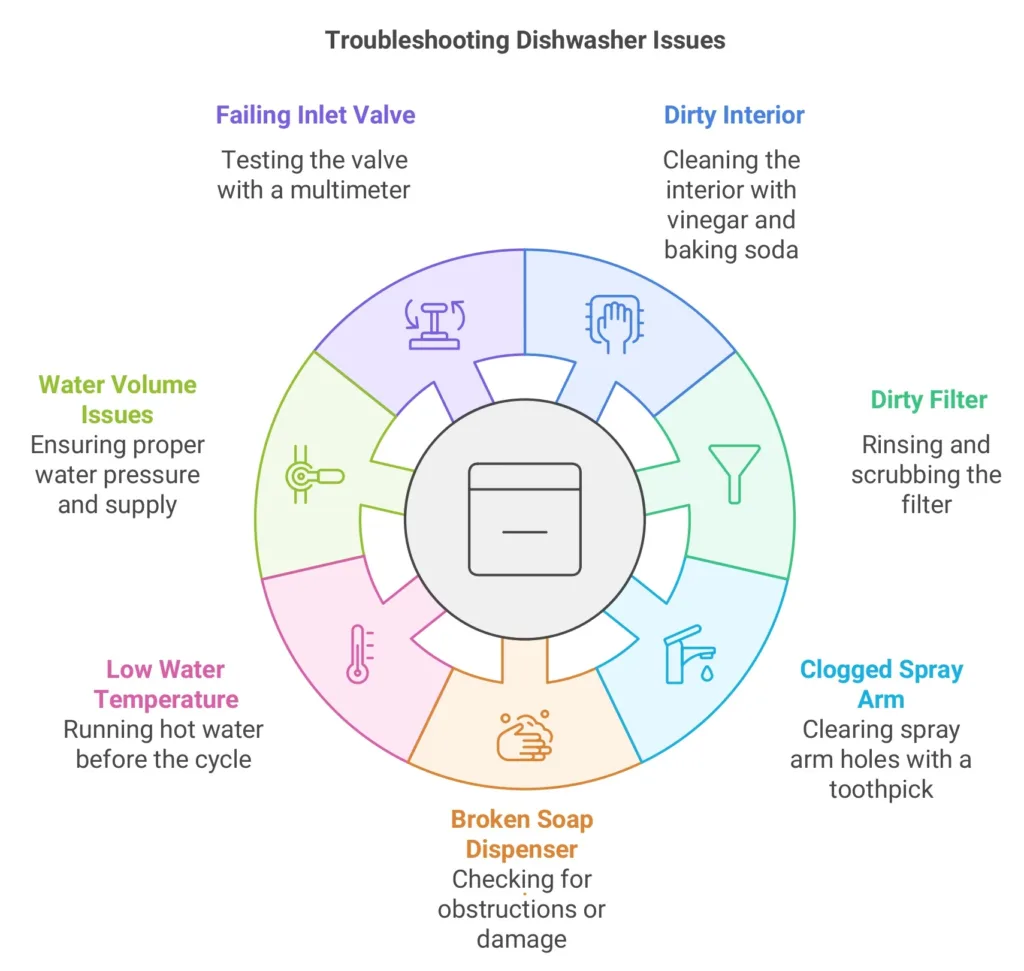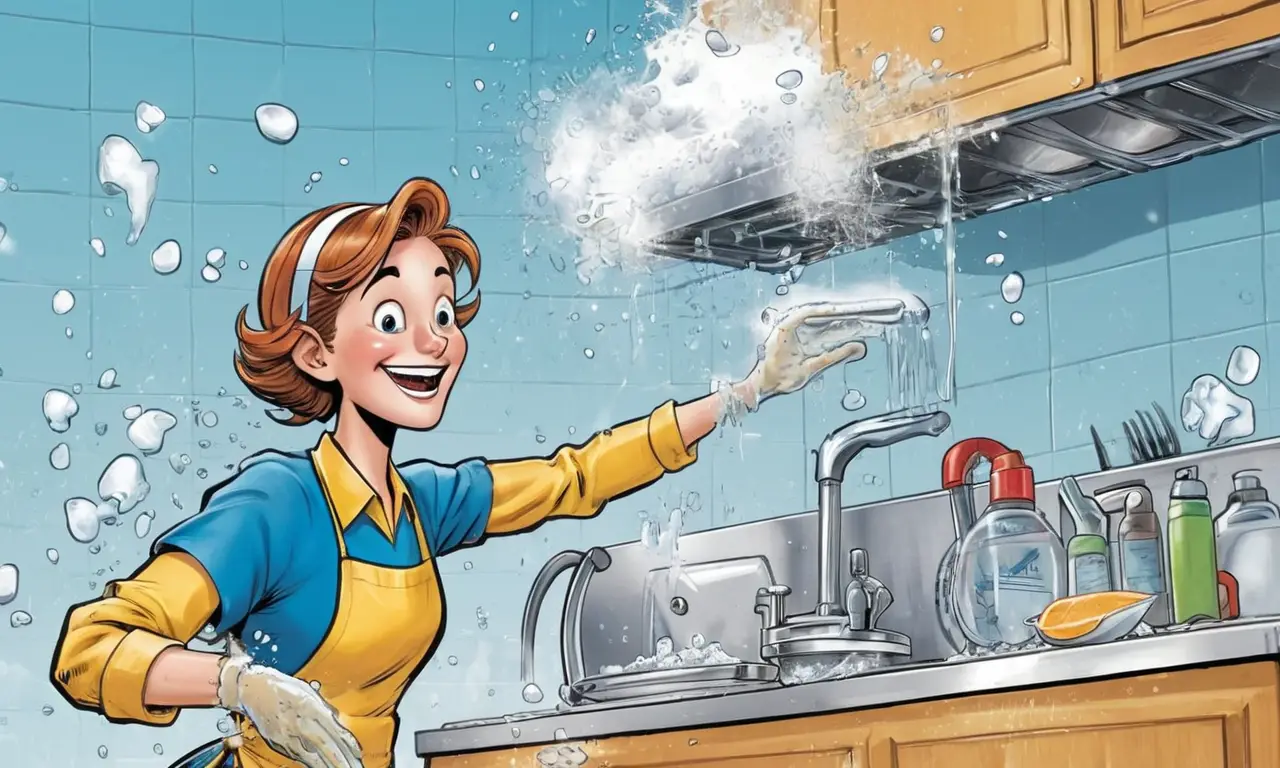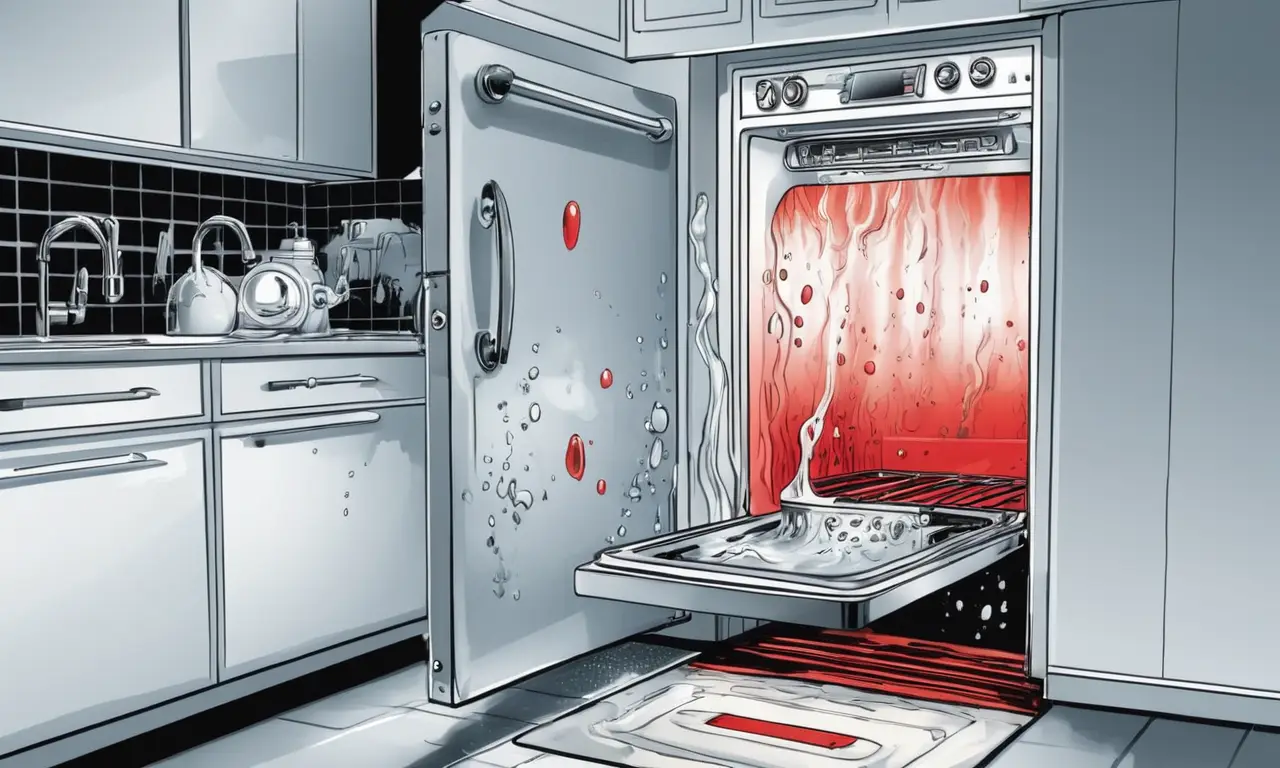
Many homeowners wonder if they can run their dishwasher without hot water, especially during periods of high energy bills or when facing plumbing issues. While most dishwashers are designed to work best with hot water for optimal cleaning and sanitizing, some models offer the flexibility to operate using cold water. This article will delve into the intricacies of running a dishwasher without hot water, exploring the factors to consider, potential drawbacks, and steps to ensure proper operation.
This comprehensive guide will cover the mechanics of dishwasher operation with both hot and cold water, highlight the differences in cleaning effectiveness, provide instructions on checking your dishwasher manual for specific guidelines, and explain how to utilize cold water settings if available. By the end of this article, you’ll have a clear understanding of whether running your dishwasher without hot water is feasible and how to do it safely and effectively.
Dishwasher Operation with Cold Water
Modern dishwashers are equipped with sophisticated heating elements that raise the water temperature during the wash cycle. However, some models incorporate advanced technology allowing them to function efficiently using cold water. These “cold-water capable” dishwashers utilize powerful detergents formulated to break down food particles and sanitize dishes even at lower temperatures.
Cold-water dishwashing typically involves a longer wash cycle compared to hot water cycles. This extended duration allows the detergent to work more effectively in breaking down stubborn residues. Additionally, some cold-water dishwashers incorporate features like pre-soaking or extra rinse cycles to ensure thorough cleaning.
Hot vs. Cold Water Cleaning

While both hot and cold water can clean dishes, there are distinct advantages to using hot water:
- Enhanced Sanitization: Hot water effectively kills bacteria and germs, providing a higher level of sanitation compared to cold water washing. This is particularly important for items that come into contact with raw food or pose a risk of contamination.
Improved Grease Removal: Hot water dissolves grease and oil more readily than cold water, making it more effective at removing stubborn food residues from dishes.
Faster Cleaning: Hot water accelerates the dissolving process of detergent and food particles, leading to faster and more efficient cleaning cycles.
Checking Your Dishwasher Manual
Your dishwasher manual is your ultimate guide to understanding its specific features and capabilities. It will clearly state whether your model can operate with cold water and provide detailed instructions on how to utilize this feature.
Look for sections titled “Water Temperature Settings,” “Cold Water Wash Cycle,” or “Operating Instructions” in your manual. Pay close attention to any warnings or recommendations regarding the use of cold water, as some models may have limitations or specific requirements.
Cold Water Settings

If your dishwasher manual indicates that it can operate with cold water, you’ll likely find dedicated settings for this mode. These settings may be labeled “Cold Wash,” “Eco Wash,” or similar terms.
To activate the cold water setting:
- Locate the cycle selector knob or button: This control typically allows you to choose different wash cycles, including a cold water option.
- Select the desired cold water cycle: Refer to your manual for specific cycle names and descriptions.
- Adjust other settings as needed: You may have options to adjust water temperature, rinse cycles, or detergent dosage based on the selected cold water cycle.
Conclusion
While most dishwashers are designed to perform optimally with hot water, some models offer the flexibility of operating with cold water. By consulting your dishwasher manual and exploring available settings, you can determine if your appliance supports cold water washing and utilize this feature for energy-saving or convenience purposes. Remember that while cold water cleaning is effective, it may not achieve the same level of sanitization as hot water cycles.
